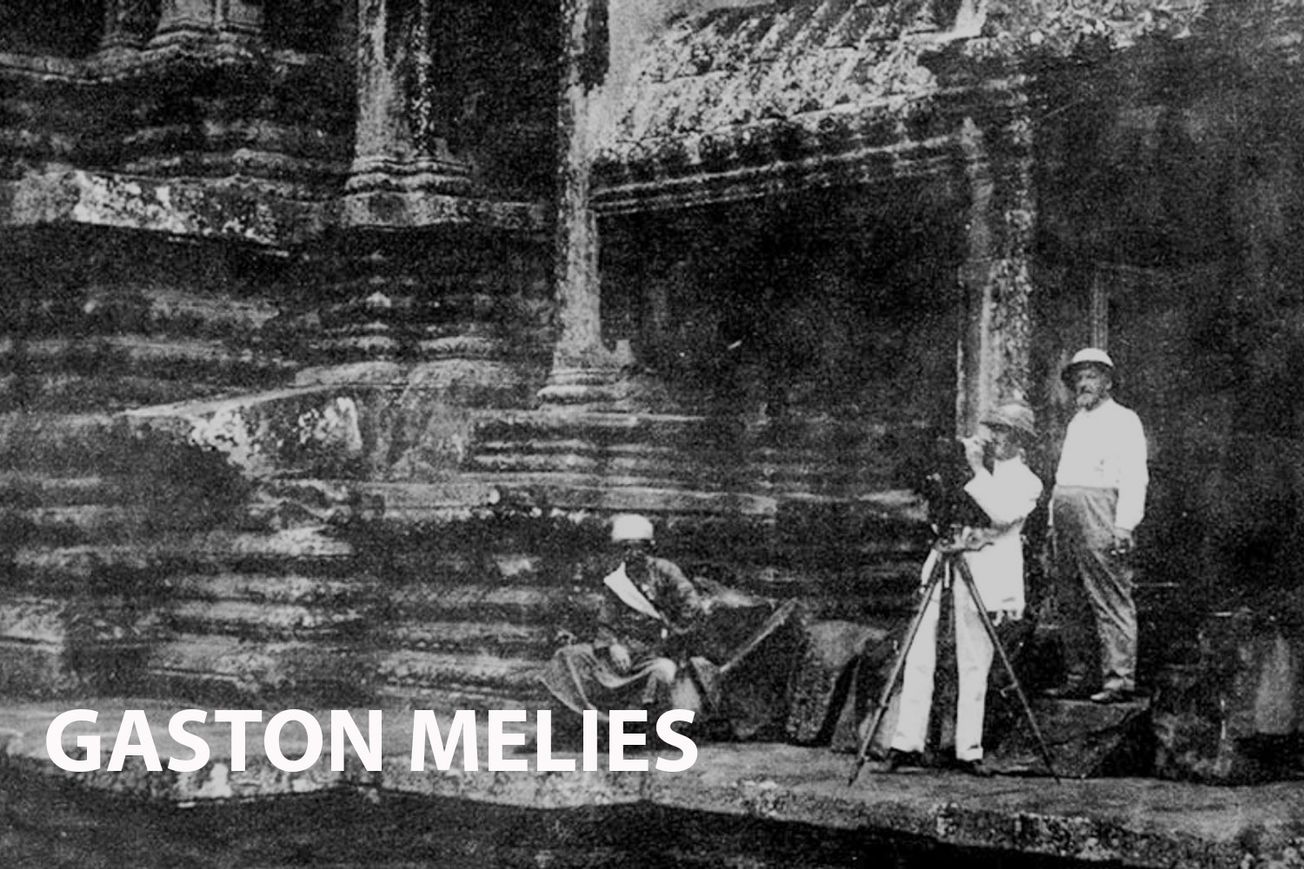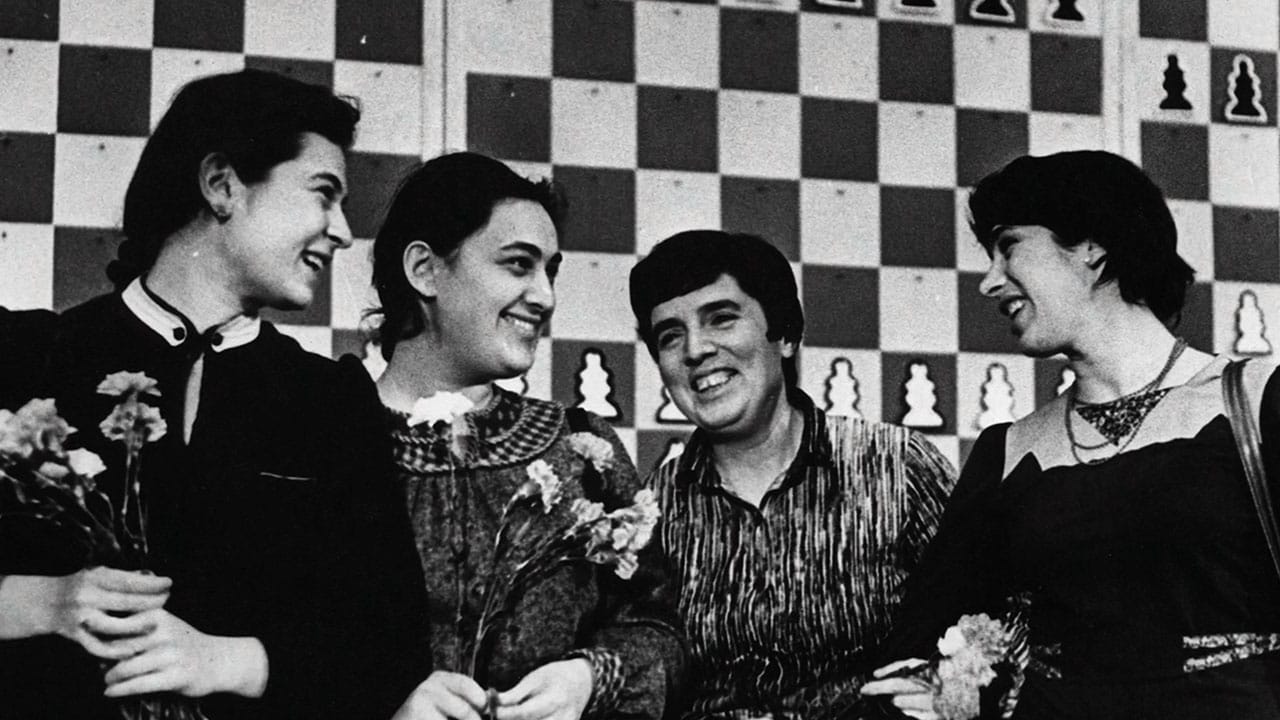Keywords: Gaston Méliès, Wandering Star Film Company, early cinema, documentary, film history, Asia-Pacific, cultural representation. Three words: Pioneering, Insightful, Historical.
Introduction
The documentary "Gaston Méliès and His Wandering Star Film Company," directed by Raphaël Millet, was released in 2018. It chronicles the remarkable journey of early cinema pioneer Gaston Méliès, exploring his extensive travels around the Asia-Pacific region in 1912-1913.
Synopsis
Gaston Méliès, the brother of renowned filmmaker Georges Méliès, embarked on a ten-month-long expedition across the Asia-Pacific, where he shot a mix of documentaries and fiction films on location. This journey took him to Polynesia, New Zealand, Australia, Java, Singapore, Cambodia, and Japan. Méliès was one of the first filmmakers to bring indigenous communities such as Polynesians, Maoris, Aborigines, and Khmers to the screen, as he sought to capture and depict the "real" world.
More Film Analysis
Analysis
The documentary delves into Méliès's unique approach to filmmaking, which blended fact and fiction to create a hybrid cinema. His works were innovative not just in their technical aspects, but also in their exploration of themes of identity, representation, and alterity.
Historical and Factual Context
This film provides a valuable insight into the early days of cinema and the adventurous spirit of pioneers like Méliès, who sought to expand the boundaries of filmmaking both geographically and thematically.
Key themes in the film
- Early cinema and innovation
- Cultural representation in film
- Exploration and adventure in filmmaking
- East meets West: cross-cultural interactions
Film Comparisons
"Gaston Méliès and His Wandering Star Film Company" can be compared to other documentaries on film history, such as "The Story of Film: An Odyssey." However, its focus on Gaston Méliès's adventures and pioneering work in the Asia-Pacific region sets it apart.
Noteworthy Moments
One of the significant moments in the documentary is when it reveals how Méliès challenged the conventions of early cinema by filming on location and featuring local people, thereby bringing a sense of authenticity to his work.
Reviews
This documentary has been praised for its insightful exploration of a lesser-known figure in film history. Critics have commended its extensive research and engaging narrative, stating, "The film provides a fascinating glimpse into the early days of cinema and the adventurous spirit of its pioneers."
Conclusion
"Gaston Méliès and His Wandering Star Film Company" is an important film for anyone interested in the history of cinema, exploration, and cultural representation. It offers a unique perspective on the early days of filmmaking and the pioneers who shaped it.
More film information:
FILM SUMMARY
- Genre: Documentary
PERSONALITIES
- Gaston Méliès: Early cinema pioneer and adventurer
- Georges Méliès: Renowned filmmaker and Gaston's brother
LOCATIONS
- Polynesia
- New Zealand
- Australia
- Java
- Singapore
- Cambodia
- Japan
Key Questions Raised by the Film:
- How did early cinema pioneers like Gaston Méliès shape the film industry?
- How did Méliès's films tackle themes of identity, representation, and alterity?
- What impact did Méliès's work have on cultural representation in film?
Links for Further Exploration:
I wonder what the film would be in another art form



- If this film was a famous book, it would be "Around the World in Eighty Days" by Jules Verne – both explore the theme of travel and adventure.
- If this film was a famous song, it would be "Imagine" by John Lennon – a song that encourages looking beyond borders and embracing different cultures.
- If this film was a famous piece of art, it would be "The Wanderer above the Sea of Fog" by Caspar David Friedrich – symbolizing the exploration of the unknown.
- If this film was a famous celebrity, it would be Sir David Attenborough – a figure known for exploring and documenting the world.
- If this film was a color, it would be blue, representing the vast oceans that Méliès traversed during his expedition.
- If this film was a music style, it would be World Music, a genre that embraces and celebrates different cultural traditions.








